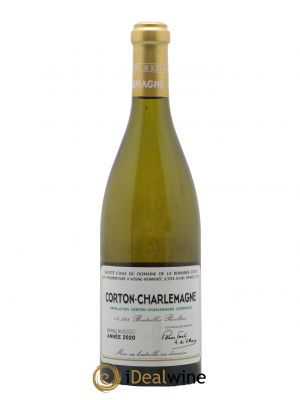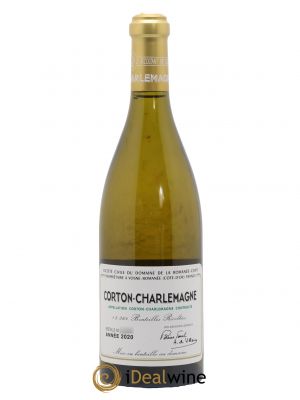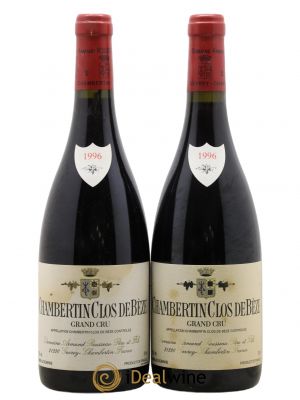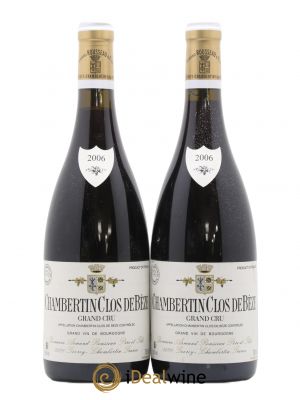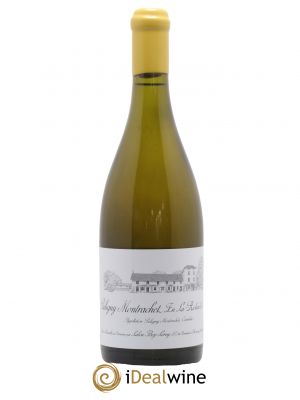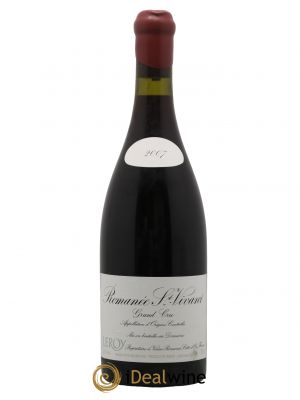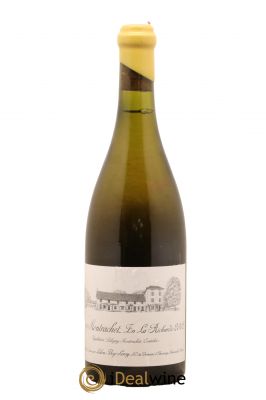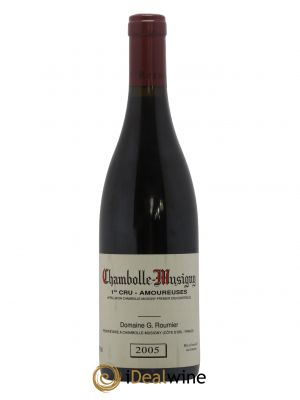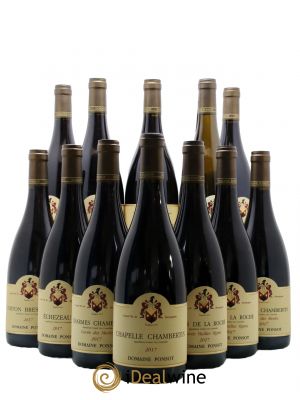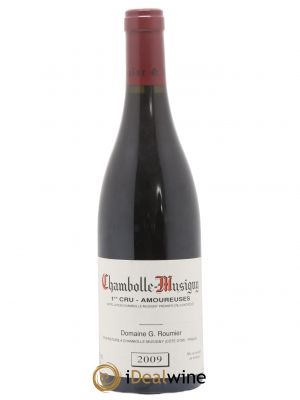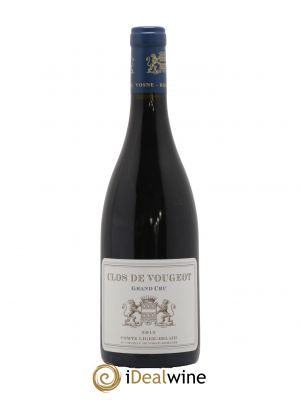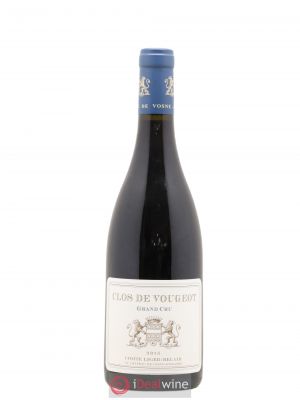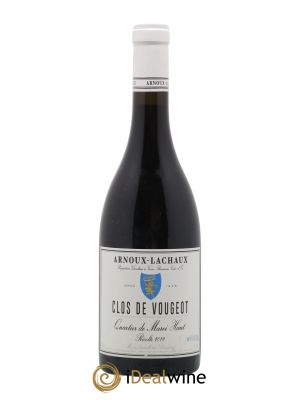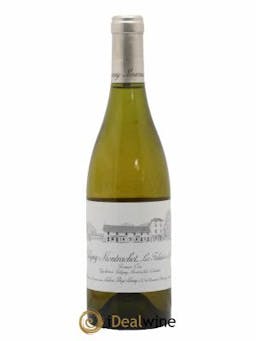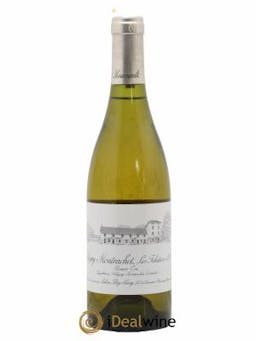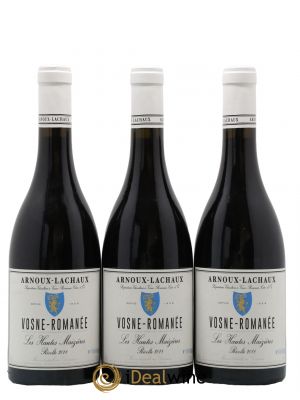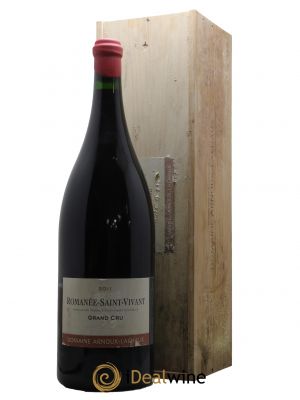

BURGUNDY
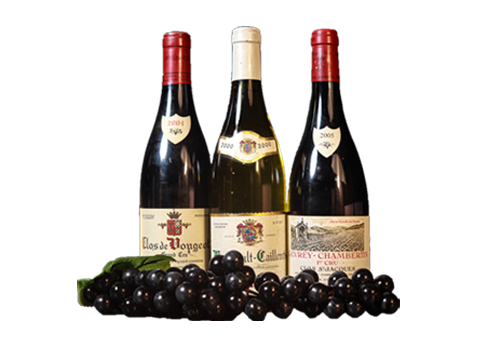
Burgundy is a wine region quite apart from the rest. And the wine produced here is unlike other fine wines crafted in France. The delicate Pinot Noir and the noble Chardonnay cultivated on Burgundian terroirs have long been a source of fascination for wine enthusiasts the world over. The intrinsic qualities of the region’s wine are at the heart of this fascination, but there is also a sense that it serves as an ingress to all that is quintessentially French. This is perhaps a somewhat fanciful image, but it is a timeless one, fusing the authenticity of rural tradition, the beauty of legendary landscapes, and the unrivalled taste of classic cuisine. Burgundy is also the birthplace of the all-important notion of terroir, a concept which, almost to excess, has become the key to understanding the soul of a fine wine.
